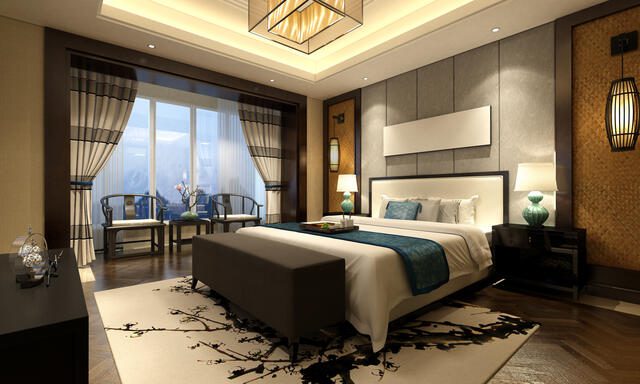The pandemic’s impact on the tourism industry has redefined the term “hospitality” for many hotel operators. This observation was recently confirmed for me by Shreeharsh Bhandari, chief technology officer with Panchshil Realty, one of India’s largest property owners. The company operates seven hotels in Pune, alone, including the signature Ritz Carlton Pune.
Physical distancing seems just the opposite of the experience high-end hotels, like the Ritz Carlton Pune, aspire to offer. Warm welcomes, handshakes and a friendly escort to the guest’s room – these are all giving way. Instead of receiving flowers at their arrival, guests might be greeted by a masked doorman bearing a digital thermometer. And, in this new normal, guests and staff are appreciating such protocols hoteliers are making to maximize distancing for enhanced hygiene and protection. The good news is many of the new digital technologies they’re adopting also provide bottom-line savings during these challenging economic times.

Four trends accelerating digitization adoption
At Schneider Electric, we’ve identified four trends guiding the way forward-thinking hoteliers are adopting digitization:
- Guest and staff well-being. Health and safety are the prime motivators for how new technologies are being implemented.
- Space management. Enabling guests and staff to maintain physical distancing is critical to minimizing virus transmission risks.
- Operational efficiencies. With the tourism slowdown related to COVID-19 fears, hotels need new ways to maximize staff efficiency without compromising the guest experience.
- Touchless control. Concern over surface-based virus transmission is only accelerating the already growing adoption of mobile- and voice-based controls.
The cutting-edge technologies leading hoteliers, like Panchshil Realty, are putting into place include sensor-driven approaches to minimize the need for physically interact with commonly touched controls. Certainly, these include the touchless toilet and faucet activators to which we’ve all become accustomed. Now being added to this list are elevator and door locks controlled by a guest’s mobile phone, and voice-activated lighting and temperature controls that bring the convenience of Alexa to a hotel room. Voice and mobile applications also are helping hoteliers digitize their back-of-house operations to boost the efficiency of room service and housekeeping efforts – important advantages for hotels aiming for leaner organizations and tighter budget controls.
In many ways, today’s COVID-related digitization upgrades are just an acceleration of trends that have already been underway. In fact, Panchshil Realty has initiated its own improvements, incorporating our EcoStruxure for Hotels platform. The company already has recognized the bottom-line benefits that digitizing back-of-house operations could bring. They are keenly aware that their digitally-savvy Millennial and Gen Z guests are accustomed to controlling even their own home systems through mobile device and voice activation. These larger drivers are exactly why the move toward greater hotel automation will only accelerate, even after fears of the COVID-19 virus have lessened.
*******************
This message was part of our Innovation Summit World Tour 2020. Making 11 virtual stops around the world, we welcomed over 20,000 customers, partners and students through the virtual doors and into the discussion on how we can build a more resilient and sustainable future together.
If you want to discover more from the event, we invite you to read the following articles:
- Building Resilient and Sustainable Data Centers
- Hospital resiliency during a pandemic—Expert Insights
- Expert Insights: Smart Building Technology Drives A Safer Workplace
- Benefits from the Promise of Next Generation Industrial Automation
- Securing the IT-OT Convergence for Cybersecurity Solutions
- Cracking Digital for An End-to-End Traceability Journey
- 5 ways IEC 61499 is liberating Industrial Automation
- 3 Ways Smart Machine Lifecycle Digital Solutions Bolster Industrial Plant Flexibility
- Two technologies available today to resolve climate change



